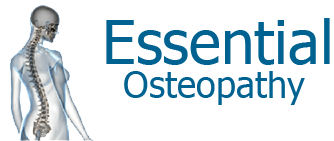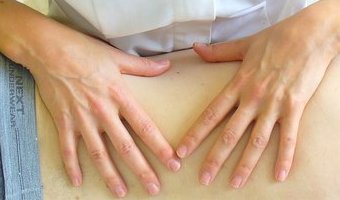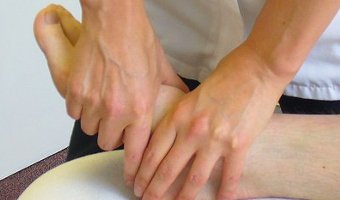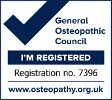Osteopathic treatment of sporting injuries
The British Osteopathic Association (BOA) has written a very good article on sports injuries giving information on how to prevent them and letting you know how Osteopaths can help. If you do not already know about the points that they cover, have a look at their useful advice:
‘Sports activities are a regular way of life for many of us now, and involve people from across all age groups from those who have an avid interest to those who just wish to keep fit; from the elite professional to the casual participant. Many of the injuries are the result of overuse i.e. playing too hard and too often e.g. tennis elbow, golfer’s elbow, and biceps tendinitis, or from not warming up properly beforehand or from not warming down after exercise.
Sometimes incorrect equipment can lead to injuries – ill-fitting footwear can cause hip, knee and foot injuries (e.g. Achilles injuries). Reduced joint flexibility will affect the degree of performance and may result in injury if the player is unaware that they cannot perform to the same level as they used to, for example golfers who cannot turn at the waist as well as they used to, and the enthusiastic older footballer whose knees do not bend as well as they once did.
Young people especially are vulnerable in sport as their growing bodies are often expected to perform to high standards and are putting exceptional physical demands on themselves. The good news is that although sports injuries are common, those who are fit tend to recover more quickly and easily from their injuries.
An osteopath can help improve performance as well as treat the injuries being suffered.
By using their knowledge of diagnosis and highly developed palpatory skills they can
help to restore structural balance, improve joint mobility and reduce adhesions and soft tissue restrictions so that ease of movement is restored and performance enhanced.
For those of you wishing to keep fit, the osteopath can help you keep supple and
improve muscle tone so reducing the risk of injury to soft tissues unaccustomed to the extra work they are being asked to do. Advice on diet and exercise, which will help you with your specific sport, may also be offered.
Tips to remember:
- Begin slowly and build up, especially after an injury
- Warm up first, and then warm down with stretches afterwards
- Drink plenty of water when exercising
- Exercise regularly, and try to alternate the types of exercise that you are doing every day
- Following a joint injury apply ice to the area for 10 minutes, every hour, if practical.
- Apply a bandage to compress the tissues. Elevate and rest if possible.’







